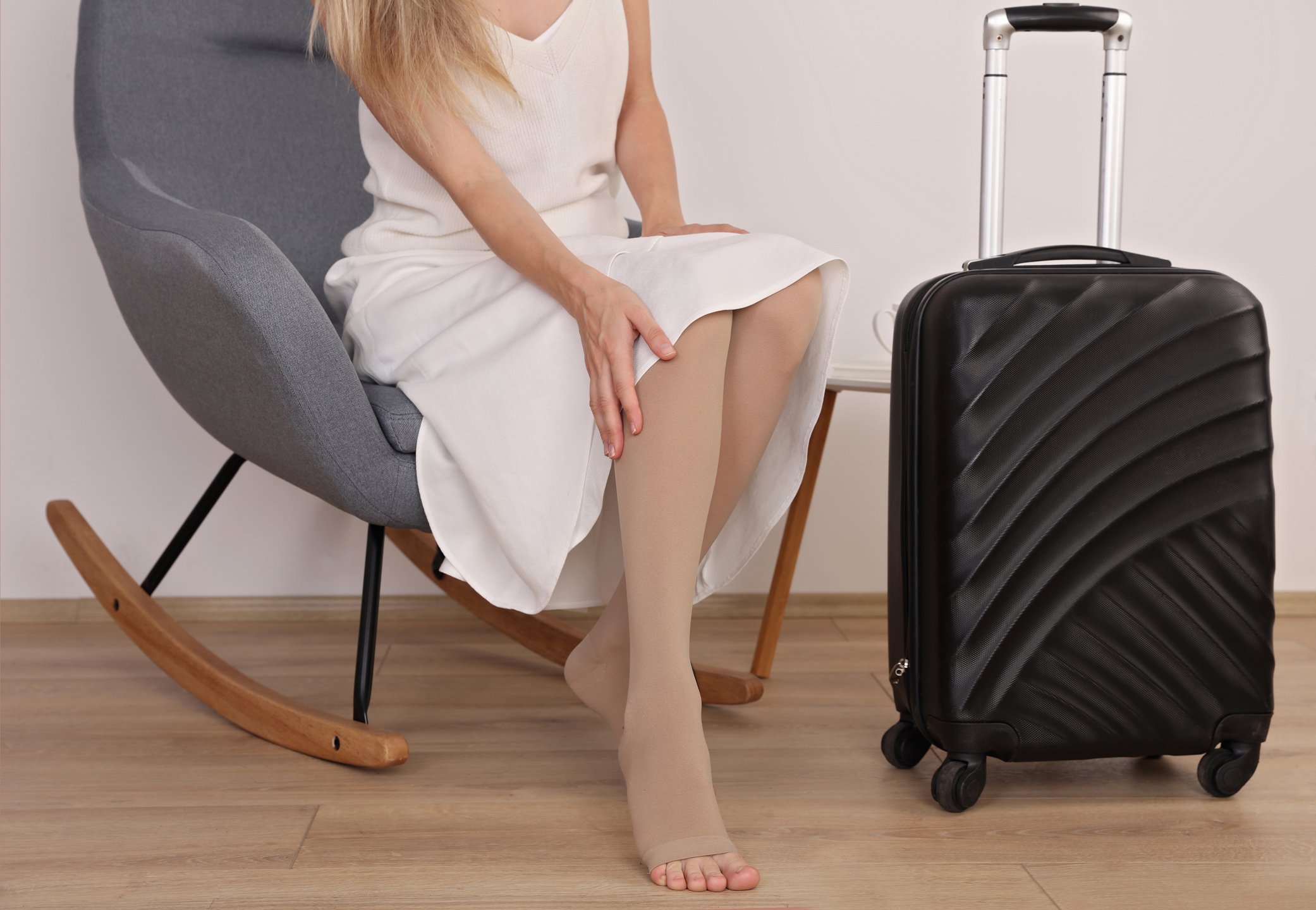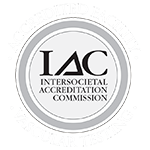
Have you been experiencing swelling or soreness and pain in your lower legs, ankles and feet? Maybe you're an essential worker who stands all day, or alternatively you've been confined to a desk without the chance to exercise your legs. If the reason for your discomfort is related to poor circulation of the venous system, relief can sometimes be found in the form of a good pair of compression socks. Read on to learn more about this medical garment with this helpful set of FAQs (Frequently Asked Questions).
What is the purpose of compression socks?
Compression socks are specifically designed to apply pressure to the lower legs, which helps maintain blood flow and reduce swelling. Most patients choose to wear compression socks to prevent the pooling of blood in the lower legs due to gravity or medical conditions such as venous insufficiency, which can cause varicose veins. Normal veins have working internal valves that maintain a healthy blood flow in the lower extremities. By applying external pressure, compression socks can help facilitate a better approximation of healthy valves by squeezing them back to their normal functioning position.
Why are compression socks helpful?
The gentle squeezing provided by compression stockings applies enough external pressure to the soft tissues beneath the skin to promote better blood return from the lower extremities back to the heart. Compression socks also promote better absorption of fluid back into the blood stream, alleviating symptoms in tired legs such as swelling and discomfort. Additionally, there have been some anecdotal reports that compression socks may help athletes with recovery after a vigorous workout.
Compression socks are also useful when flying to keep the blood flowing in the pressurized cabin. Read more about that in The Washington Post article quoting Dr. Ombrellino.
Who should wear compression socks?
Most people who choose to wear compression socks are looking to relieve swelling and prevent the pooling of blood in the lower legs. This includes those with poor vein circulation, pregnant women, athletes, people who work on their feet all day, people confined to a wheelchair, or anyone who spends long amounts of time on an airplane.
Compression stockings can be helpful for a variety of medical conditions. Doctors may recommend them to help patients in need of the following benefits:
- Decreased swelling in the legs and ankles
- Improved lymphatic drainage
- Managing orthostatic hypotension (low blood pressure when you stand up after a period of sitting down)
- Preventing blood from pooling in the leg veins
- Preventing deep vein thrombosis in the legs
- Preventing venous ulcers
- Reduced pain related to varicose veins
- Reversing venous hypertension
What factors should I consider when buying compression socks?
It is very important that you get compression stockings that are of high-quality material, properly fitted and manufactured by a well-established company who provides medical grade compression garments. It may be tempting to purchase the least expensive stockings to save a penny, but by doing so you are often sacrificing quality, workmanship and product durability. Not all compression socks are created equal and as the saying goes, you get what you pay for.
Which are the top manufacturers of compression stockings?
The most well-established companies that have been manufacturing high quality garments for years are Jobst, Sigvaris, Medi and Juzo.. Remember that the proper fit is essential when you get your first pair, regardless of which brand you choose. If you are unsure how to gauge the right fit, it is highly recommended you visit an established distributor/surgical supply store who will properly measure your foot, ankle, calf and leg for the appropriate size.
What are the different types of stockings?
Medical grade graduated compression socks are divided into 3 categories depending on the severity of your symptoms.
- Mild compression (15-20 mmHg): These offer relief from typical tired, achy and slightly swollen legs. They are also used in those patients who present with mildly painful varicose veins and are very popular with long distance travelers to help prevent vein thrombosis. This grade is often the best tolerated by most individuals.
- Moderate Compression (20-30 mmHg): This grade of compression stocking offers relief for patients with moderate to severely painful varicosities, leg swelling or venous ulcerations. It is the most widely prescribed compression for medical necessity and is generally tolerated by most patients.
- Firm Compression (30-40 mmHg): This grade is often prescribed for the management of patients with poorly controlled severe leg swelling or venous ulcers. The compression is significant and thus this grade is the least tolerated by most patients.
If you want to learn more about compression stockings and which grade of compression might best manage your symptoms, be sure to schedule an appointment with a vascular specialist here at the Vein Institute of New Jersey.







